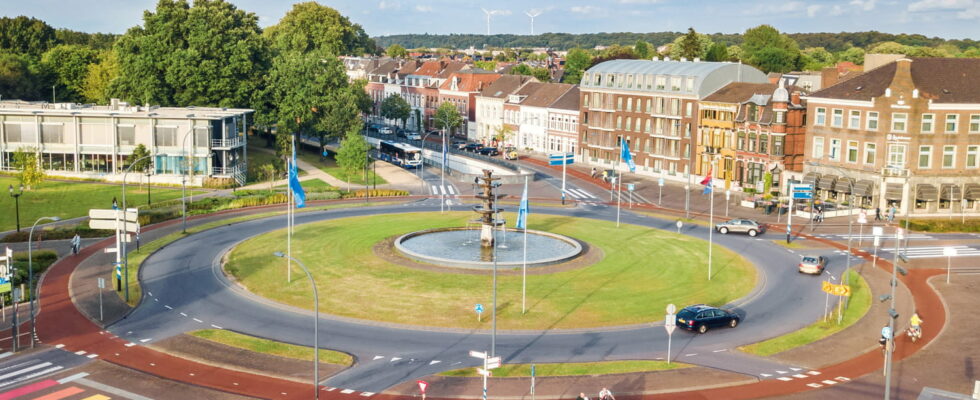The “Dutch” roundabouts are more and more numerous in France. The circulation rules differ from traditional roundabouts.
France is the world champion of roundabouts. There are more than 100,000, moreover, it is mostly roundabouts, the exact appellation of the crossroads that apply the rule of the yield. But we have seen a new kind of roundabout for some time on our roads, coming straight from the Netherlands. You may have already met one behind the wheel of your car, on the side of Clermont-Ferrand, Rennes, Créteil, Brest or Bures-sur-Yvette. If this is not yet the case, you will have to get used to it because the “Dutch” roundabouts “will certainly multiply in France.
Their development coincides with the emergence of soft mobility as a means of transport. The roundabouts are particularly accident -causing areas for cyclists, hence the authorities’ will to experiment with new developments. The roundabouts “with the Dutch” have the distinction of being bordered by a large bidirectional cycle path reserved for bikes and scooters. This, mostly red or green, is dissociated from the main roadway on which cars roll by a safety band often materialized by concrete islets. It clearly makes it possible to separate the traffic lanes: on the inner ring for motorized vehicles, on the outside ring for soft mobility users.

The development of these new roundabouts involves new traffic rules. Rules that all motorists will have to learn to comply with the highway code. Because unlike a classic roundabout, the “Dutch” roundabout systematically gives priority to users of the cycle path. Motorists have the obligation to give up the transition to two-wheelers already circulating on the cycle path before entering their reserved route, which for the blow hardly changes the principles of the yield inherent in the roundabouts traditional.
The big novelty concerns the release of the roundabout. Before extricating from the circular ring to continue their journey, motorists must “cut” the cycle path fitted on the outskirts. And there they are not a priority either! The rule therefore forces motorized vehicle drivers to check that no one arrives at their height on the cycle path before crossing it. This requires at least to slow down, if not to stop.
Motorists will have to adapt to this peculiarity, if only so as not to cause accidents. But also not to risk a fine for refusal of priority, an offense punished in France by a fine of 135 euros and the withdrawal of 4 points on the driving license.
